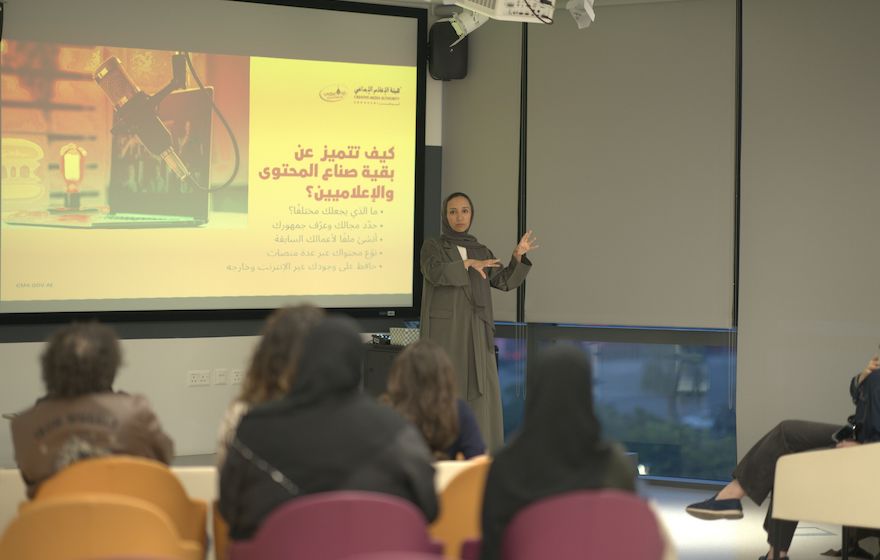By Alex Malouf, IABC Chair for Europe, Middle East and North Africa
Every now and then, I get asked to join a jury. Unfortunately, I’m not referring to a John Grisham thriller with all of the accompanying drama, but rather reviewing entries for advertising and communications campaigns. I love judging and diving into the materials; especially when it’s for up-and-coming talent. Seeing other people’s work is arguably the best means to get a sense of their ability, experience and passion.
I was judging an award show a couple of months back, and I was struck by how many of the entries followed the same basic strategy and theme.
- Firstly, the campaign had to be digital.
- Secondly, there had to be a hashtag.
And that was it.
There was little in the way of research, insight generation and developing a creative concept that would interest the target audience. Forget any offline interaction. And measurement? Who needs that anyway!
While admittedly some of the entries were of a very high standard, what concerned me was that the practitioners who had put in the entries had seemingly forgotten the basics of a good, effective campaign.
No two briefs are the same, and so, every campaign is different from the one before (which is why our jobs can be so much fun). However, there is a to-do list that every good PR campaign includes, and which young practitioners, in particular, should be mindful of when they’re both pitching and practicing their work.
Before you even begin, first sit and think about what it is you want to achieve – the why. What’s your one big aim: to promote the brand or perhaps to increase sales? And how does this link back to the organization’s purpose and goals? Whatever this aim may be, envision what success would look like and use this as the foundation of your campaign strategy.
Before you start getting into the campaign’s details, lay out your key aims. Having a clear picture of what you want to achieve laid out in front of you can help you think through all the elements that make for a great marketing/communications campaign. Ignoring the basics can have a major impact on the success of your campaign so take the time to really think about these:
Who – is your target audience, and what does your research say about them?
What – are you trying to achieve? Is there a call to action that is rooted in research-based insights?
When – will the campaign run? What’s your timeline?
Where – will the campaign run? Social media/traditional press?
How – best to fulfil these criteria, and measure your success?
While the mediums may have transformed and shifted, the basics haven’t changed for decades.
The best work I see when I’m judging has:
- A solid research component, which means the practitioners have spent time analyzing for actionable insights on their target audiences
- A creative concept that is both meaningful to the target audience and that will be able to cut through the marketing clutter
- A clear call-to-action that will influence the target audience’s attitudes or behavior
- Clarity on what success looks like and how they measure the campaign data to demonstrate the campaign’s effectiveness
And let’s not forget the money either. Budgeting is crucial to any and every campaign – it helps us understand the campaign’s limitations, especially on execution. Don’t ignore the costs, but instead itemize every aspect of the campaign, so you’re clear on what is being spent where.
Within this context, it’s not surprising to me that for a younger generation of marketers and communicators, a campaign consisting of two basic elements – the digital space and a hashtag – is so alluring. Everyone is online, digital is ‘cost-effective’ compared to physical executions, and a hashtag is a simple way of identifying a campaign. But I’ve yet to come across a digital-hashtag concept that has excited me, or which has won an Effie award. Will you be the first to change that? Maybe. But in the meantime, let’s get back to campaign basics and produce work that shows why our industry matters.






